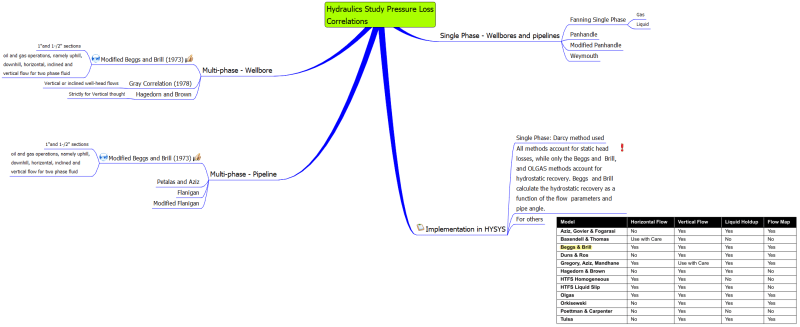Navigation
Install the app
How to install the app on iOS
Follow along with the video below to see how to install our site as a web app on your home screen.
Note: This feature may not be available in some browsers.
More options
Style variation
-
Congratulations MintJulep on being selected by the Eng-Tips community for having the most helpful posts in the forums last week. Way to Go!
You are using an out of date browser. It may not display this or other websites correctly.
You should upgrade or use an alternative browser.
You should upgrade or use an alternative browser.
hydraulic calculations for hydrocarbons 1
- Thread starter nicolai
- Start date
- Status
- Not open for further replies.
LittleInch
Petroleum
Well you could try searching on this site or even using the little button at the top which says FAQs
Also try engineering toolbox or loads of pump suppliers have pages as well.
This is a very general non specific question a bit like saying I'm looking for how to design a building.

Remember - More details = better answers
Also: If you get a response it's polite to respond to it.
Also try engineering toolbox or loads of pump suppliers have pages as well.
This is a very general non specific question a bit like saying I'm looking for how to design a building.

Remember - More details = better answers
Also: If you get a response it's polite to respond to it.
- Thread starter
- #3
LittleInch
Petroleum
Remember - More details = better answers
Also: If you get a response it's polite to respond to it.
-
1
- #6
Churchill's correlation is my personal favorite. I've been using it for over 30 years. There is no iteration required to arrive at the solution for friction factor and tracks Colebrook-White very well, which for some reason - probably only ancient tradition - is still used a considerable amount, but it wastes a lot of time, can be error prone and, being iterative like many are, is simply more difficult to program. I have completely scratched it off my list. I am very surprised that Colebrook-White correlation is still taught in pipe flow class. "No problem, we have computers to do the math." Just blows my mind, as Mick used to say.
You will find that the differences between most all of them, when used within their recommended ranges, is very small. If you chose one over the other based on some level of presumed "accuracy" in head loss predictions by the various equations, you are again wasting your time, because you generally need to provide far more head to overcome other unknown or fuzzy factors such as what will the pipe roughness be 20 or 50 years from now, some pipe gets highly polished, while other gets pitted, or some unknown topography details, potential late route changes that affect your length of pipeline, temperature of the fluid, wax content, corrosion rates of crude, etc., etc. etc. It is kind of frustrating to research flow equations, Re, pipe roughness, fitting and bend losses, potential elevation changes, route changes, not to mention unknown ultimate flow rates, pump station downtime and start and stopping time for terminal tank changes, and get all of that as fine tuned as a Stradivarious just to have your client tell you, arbitrarily, to increase the pipe length by some fictious length of 10%, "No offense, its just to be on the safe side." I eventually learned to do that myself. Know what I mean? Stick to something easy to calculate and add 10% to head losses, especially in pump feed lines. Churchill for liquid hydrocarbons, all the way, all the day.
You will find that the differences between most all of them, when used within their recommended ranges, is very small. If you chose one over the other based on some level of presumed "accuracy" in head loss predictions by the various equations, you are again wasting your time, because you generally need to provide far more head to overcome other unknown or fuzzy factors such as what will the pipe roughness be 20 or 50 years from now, some pipe gets highly polished, while other gets pitted, or some unknown topography details, potential late route changes that affect your length of pipeline, temperature of the fluid, wax content, corrosion rates of crude, etc., etc. etc. It is kind of frustrating to research flow equations, Re, pipe roughness, fitting and bend losses, potential elevation changes, route changes, not to mention unknown ultimate flow rates, pump station downtime and start and stopping time for terminal tank changes, and get all of that as fine tuned as a Stradivarious just to have your client tell you, arbitrarily, to increase the pipe length by some fictious length of 10%, "No offense, its just to be on the safe side." I eventually learned to do that myself. Know what I mean? Stick to something easy to calculate and add 10% to head losses, especially in pump feed lines. Churchill for liquid hydrocarbons, all the way, all the day.
- Status
- Not open for further replies.
Similar threads
- Locked
- Question
- Replies
- 7
- Views
- 6K
- Question
- Replies
- 12
- Views
- 1K
- Locked
- Question
- Replies
- 3
- Views
- 1K
- Locked
- Question
- Replies
- 14
- Views
- 833
- Locked
- Question
- Replies
- 27
- Views
- 9K

